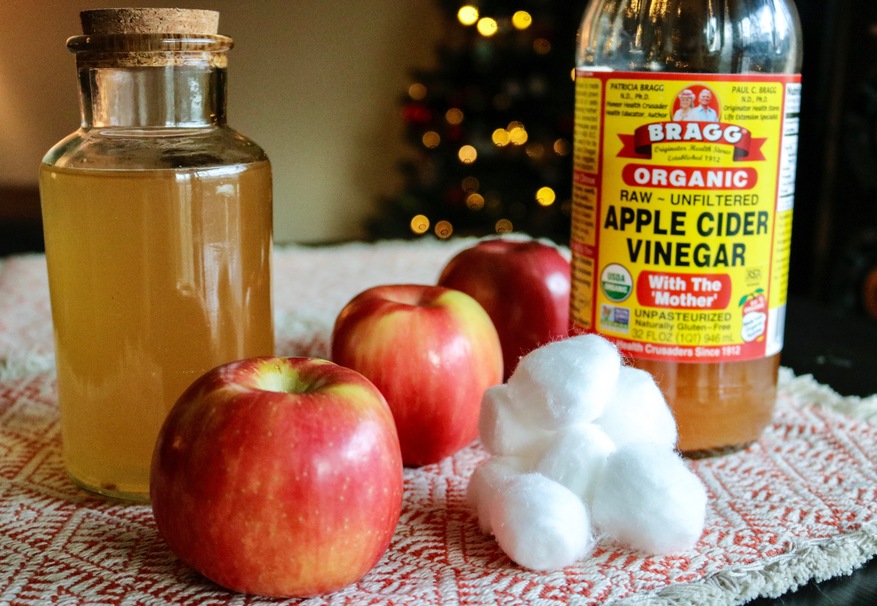Oftentimes when people decide to take on the Whole 30 diet challenge, they focus on what they have to cut out of their diets for 30 days. In my opinion, focusing on what you can’t eat is setting yourself up to have a negative attitude about the challenge as a whole.
Instead, I think that people attempting the Whole 30 challenge should focus on what foods they can eat. That way, you can build healthy meals out of all of your favorite Whole 30-approved foods. Here are some Whole 30 foods you can eat. Whether you’re attempting the challenge or not, these are healthy, whole ingredients that you should try to incorporate into your diet every day.
1. Ghee
Unless you’re well-versed in Indian cuisine, you probably haven’t heard of ghee. It’s a clarified butter that has all of the milk proteins removed, making it okay for consumption on the Whole 30 challenge. Try using it as a healthy butter substitute during your 30-day challenge.
2. Green Beans

While legumes are not allowed on the challenge, green beans are an exception. Take advantage of that fine print by incorporating this healthy food into your diet. You may not be able to have that Thanksgiving green bean casserole, but there are plenty of other recipes out there.
3. Balsamic Vinegar

Nearly all forms of vinegar are allowed during the Whole 30 challenge and they’re a great way to add flavor, especially in homemade salad dressings. Many store-bought varieties are off limits because they have added sugar, but there are plenty of recipes out there for making your own.
4. Apple Cider Vinegar

Not only is apple cider vinegar great for making salad dressings if you want to mix it up from balsamic, but you can also use it in a variety of ways for cooking. Some people also drink it straight for its health benefits despite the strong flavor.
5. Fruit Juice
Although all added sweeteners are off-limits for the Whole 30 challenge, they have decided to allow fruit juice. It’s a great option for adding a sweet layer of flavor to savory dishes.
6. Black Coffee

While many people will turn up their noses at the thought of drinking bitter black coffee straight, challengers often choose to do so instead of giving up their morning cup of joe. Don’t worry, the flavor starts to grow on you once you’ve detoxed your body of its sugar addiction.
7. Eggs

Eggs are a fantastic source of protein, which will help to keep you feeling satisfied between meals. Although they’re often categorized as breakfast food, you can enjoy them any time of the day.
8. Salmon

If you’re looking for a way to mix up your usual protein source, try cooking with salmon. Not only is it packed with protein, but it’s also a good source of healthy fats and can be found pre-portioned in grocery stores so you can make yourself a single-serving dinner.
9. Brussels Sprouts

I know I probably lost some of you when you read the words Brussels sprouts, but stick with me. When you prepare them the right way, like with bacon, they can be a crispy and flavorful side dish.
10. Almond Butter

One of the hardest rules of the Whole 30 challenge for me to grasp is no peanut butter. Because peanuts are a legume, it’s strictly off-limits. Luckily, almond butter makes a tasty substitute that some people actually prefer.
11. Bananas

Because all grains are off limits during the Whole 30 challenge, that cuts out a huge carb source for many people. Bananas are a great way to get in a serving of fruit and some healthy carbs for breakfast or dessert.
12. Kale

The reason I love having kale as my primary leafy green is its versatility. It adds great crunch to salads when you have it raw, but it can also be made into kale chips or cooked in a variety of recipes.
13. Avocado

Avocado is extremely popular today in all cuisines, and not without good reason. It’s a fantastic source of healthy fats and can be eaten on toast for breakfast, in a variety of savory dishes, and even in desserts.
14. Spinach

I think that spinach deserves to be getting as much press as kale, or more. It’s got tons of vitamins and minerals and can be worked into a variety of dishes, from smoothies to pastas, without an overwhelmingly grassy flavor.
15. Bone Broth

This soup base has just started making waves in the health community, so hop on the bandwagon before it takes off. It’s loaded with vitamins, helps collagen production, and may even aid digestion. Try using it instead of regular stock or broth when you make your own soups.
16. Tea

Since all added sugars are prohibited on the Whole 30 diet, many challengers are left wondering what to drink in the afternoon instead of soda. Tea is a great substitute, with flavors for every palate.
17. Sweet Potato

Sweet potatoes are a great Whole 30 food you can eat. You can satisfy that carb craving without having to sacrifice your entire challenge. They’re extremely versatile, so you can eat them plain or try them as noodles or fries. However you choose to cook them, you’ll be getting a healthy dose of vitamins and minerals as well.
18. Beef Jerky

Since many pre-packaged, processed foods are off-limits for the Whole 30 challenge, you’re going to have to find alternative snack foods to the usual potato chips or snack mixes. Try beef jerky for a low-fat, protein-packed snack that will actually leave you feeling satisfied.
19. Mushrooms

One of the biggest worries of Whole 30 challengers is how to fuel the body properly without eating a ton of meat. The challenge relies heavily on meat-based protein sources, but you can try substituting mushrooms every few meals. They’re cheaper and still provide protein and umami flavor.
20. Larabars

Although the Whole 30 challenge doesn’t encourage snacking, sometimes it’s a must when you’re busy and can’t afford to be hangry. Thankfully, there are several Larabar flavors that are Whole 30-approved that you can keep around for an easy snack.
21. Chicken

Chicken is often criticized for being bland and dry, but that’s only when you prepare it incorrectly. Try using dark meat for added flavor, or use spices. Chicken’s a cheap protein source, so buy it and enjoy it.
22. Kombucha

This drink, made from fermented tea, has tons of good bacteria that aid digestion and block out bad bacteria. Thanks to the tea and fermenting process, along with added juice at the end, it’s naturally a little sweet. Try the brand GT’s for a no-added-sugar, Whole 30-approved drink.
23. Raspberries

Of all the Whole 30 foods you can eat, raspberries are one of the highly recommended ones. Personally, I love how they’re naturally both sweet and tart. Try topping your breakfast with some frozen raspberries for added texture and flavor.
24. Almond Milk

Making your own almond milk is a great way to ensure that it’s Whole 30-approved. Many store-bought brands add sugar or other artificial flavors. Then, you can use it for breakfast, lunch, or dinner recipes because it doesn’t have that weird sweet flavor.
25. RX Bars

I wanted to give Larabars a fair chance before I mentioned that most RX Bars are also Whole-30 approved. I much prefer the flavor of RX Bars, but they’re also more expensive. Thankfully, you can avoid that issue by making your own RX Bars.
26. Garlic

I included garlic in the list of Whole 30-approved foods for multiple reasons. First, it’s a reminder to use lots of spices to add flavor to your food. You don’t want to get bored during the Whole 30 challenge, because that can lead to a slip-up.
Second, roasted garlic is a great addition to any meal as a Whole 30-approved spread.
27. Zucchini

While the Whole 30 challenge does not allow the recreation of prohibited foods with approved ingredients, using zucchini as a substitute can be okay. Try spiralizing it into noodles and serving with pasta sauce or slicing thin and making a casserole for a Whole 30 dinner that the entire family can actually enjoy. You can even have it as a snack when you make these veggie chips.
28. Shrimp

One of the hardest things about the Whole 30 challenge is finding time to pre-plan meals so you can avoid slip-ups. Frozen pre-cooked shrimp are a great protein option for quick, single-portion meals.
29. Olives

I’ve found that olives are an extremely polarizing food. You either hate them, or you love them. If you’re an olive fan, they’re a great ingredient to incorporate into your meals or snacks for added healthy fats and flavor.
30. Cauliflower

Last, but certainly not least, is cauliflower. In the past few years, it has become the most popular do-it-all low-carb vegetable. Again, Whole 30 doesn’t encourage recreations of off-limits dishes, but that’s up to your interpretation.
Depending on your personal option of what’s allowed, you could make cauliflower fried rice, cauliflower-crust pizza, or cauli-tots.
Now that we’re looking at the Whole 30 foods you can eat, it doesn’t seem so daunting. You can try all sorts of combinations of the above ingredients to keep your tastebuds excited for the whole 30 days, and beyond.




